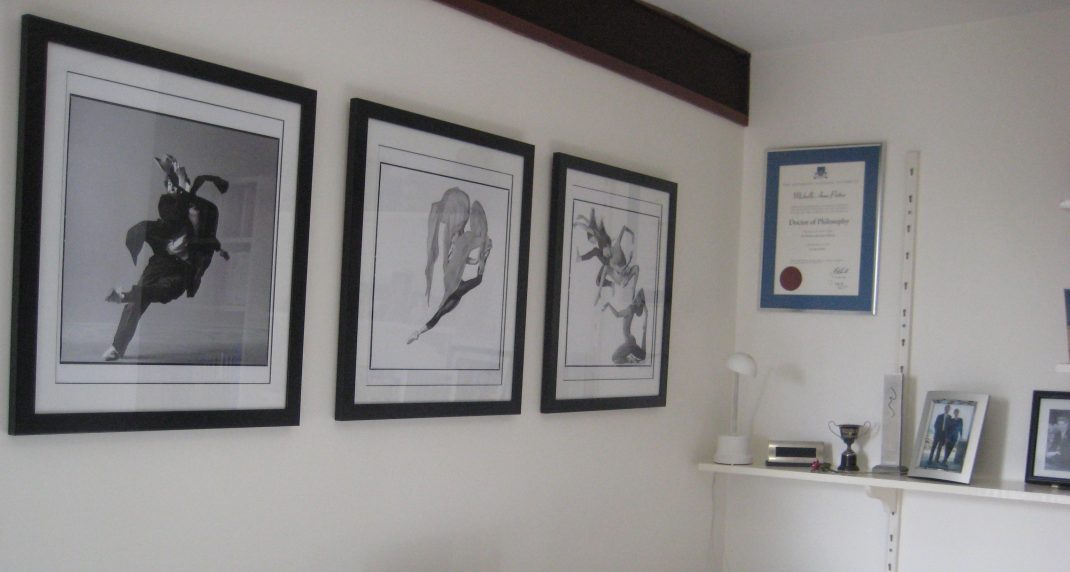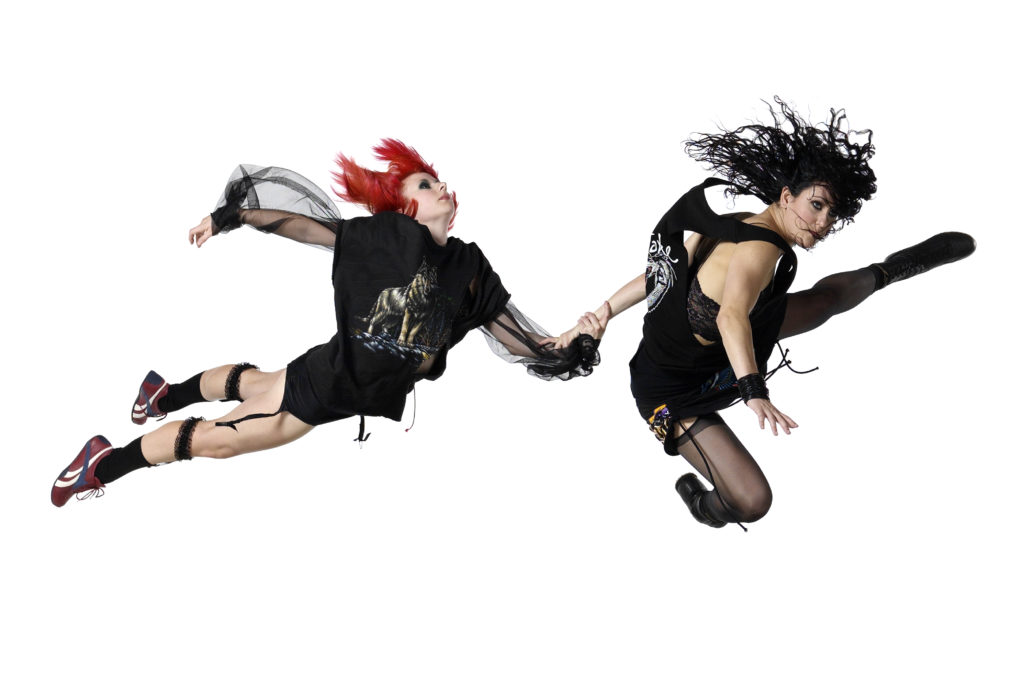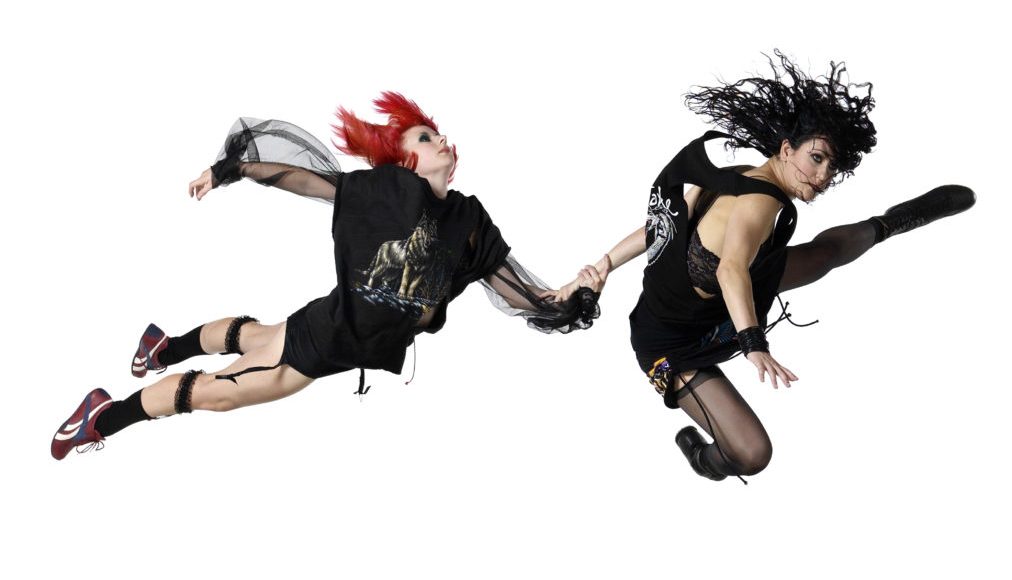I have been a fan of Lois Greenfield’s dance photography for some years now. As a matter of fact, three of her images hang in my study and I also had the pleasure of visiting her in her New York studio and buying a small selection of her work for the Jerome Robbins Dance Division when I was working there. One of my favourite shots is of former Australian Ballet dancer Annabel Bronner Reid caught by Greenfield amidst a sweeping length of fabric while executing a quite breathtaking grand jeté. So HELD, in which Lois Greenfield takes an integral role, holds a special place in my thoughts.
HELD, in a recording dating from the work’s premiere in Adelaide in 2004, was streamed for 48 hours in June as part of Australian Dance Theatre’s streaming initiative, ADAPT. In essence it examines dance and live photography for what together they might tell us about time and perception, for example, or motion and stillness. Greenfield is onstage for most of the hour-long performance, and captures on camera what she sees in front of her. Her images are shot at the astonishing speed of 1/2000 second and are projected within seconds onto onstage screens—usually two, one on either side of the stage space.
Stewart’s choreography is ideally suited to this kind of process. His dancers move at speed and in an explosive fashion. They put themselves into shapes that not many other dancers do. So what we see captured by Greenfield’s camera is startling. In fact we see dancers making unexpected shapes, taking twisted poses, showing intertwined bodies, which all add to a vision, a still image that would be unknown to us without Greenfield. Time passes, dance is ephemeral, and movements between movements are often unseen by the human eye, or not extracted by us from the vision ongoing movement. Greenfield gives us something of that ephemerality, and a lot of what we never perceive.
Beyond the astonishing mid-air moves that the dancers are so adept at performing, and that Greenfield captures so well, there are other sections that are also startling for their apparent lack of physical virtuosity. One section consists of groups of dancers posing almost motionless while a video plays on a screen placed centre stage. The video shows mostly close-up views of dancers’ faces. Emotional moments perhaps? Another fascinating section shows Greenfield’s ability to engage in a series of very fast takes so that a single resulting image transforms the dancer into a Shiva-like figure with multiple arms radiating from the torso.
It was a real treat to see HELD and to recall the talent of Greenfield as a dance photographer; the ADT dancers for their absolutely ballistic movement; and Stewart as a choreographer dealing with conceptual issues, and one who is also able to introduce diversity in both movement and concept. It sent me back to my photographs and the enjoyment they give.

Michelle Potter, 27 June 2020
Featured image: A moment from HELD, Australian Dance Theatre, 2004. Photo: © Lois Greenfield

